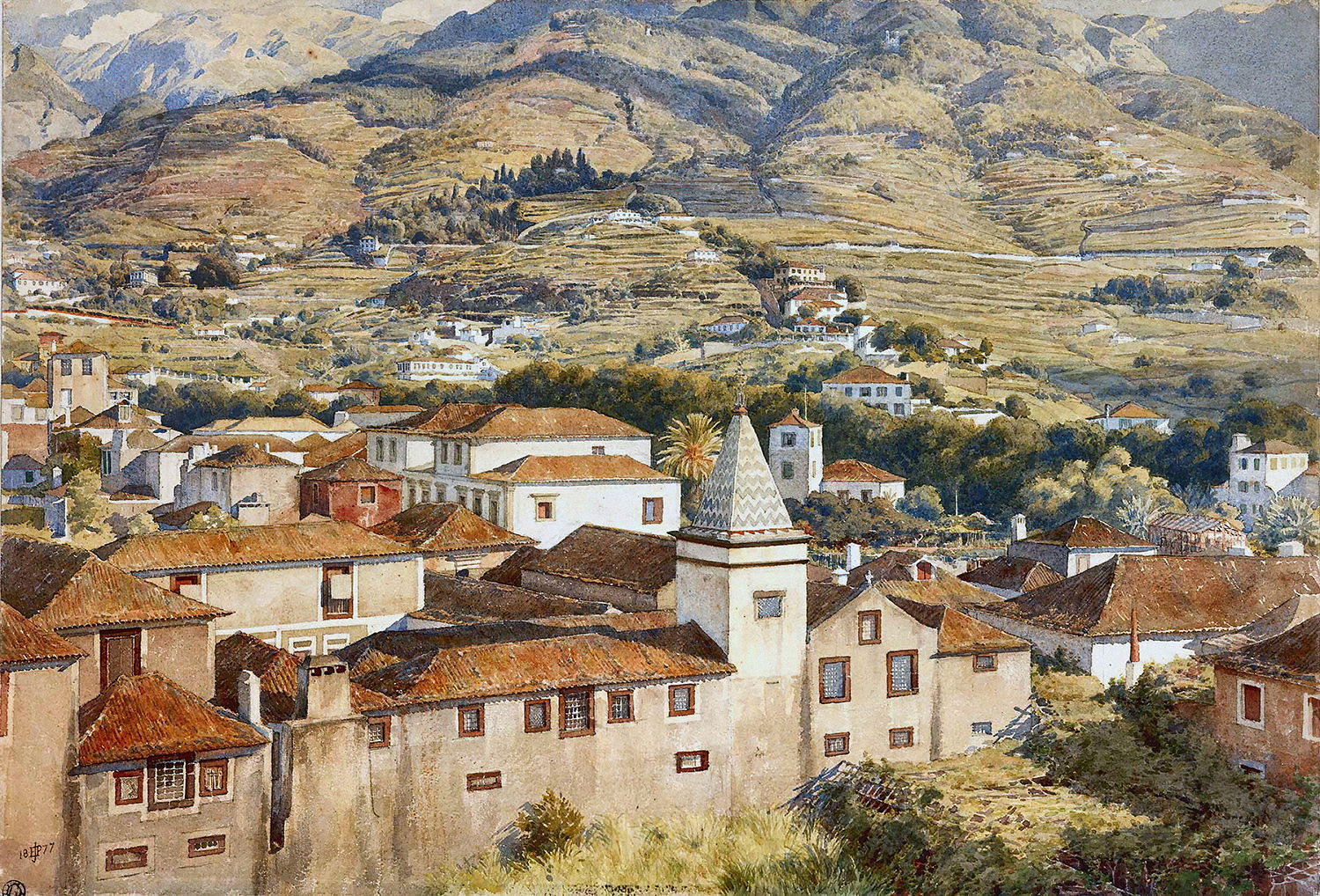Madeira

The island of Madeira was colonized in 1425, after the initial discovery of Porto Santo in 1418 by three Portuguese sailors under the command of Prince Henry the Navigator (“History of Madeira Island” para 4). The following year, the sailors were told to further explore what appeared to be “a dark mass of clouds on the southern horizon” (para 3). This exploration would lead to the discovery of Madeira and King John I of Portugal would order for the island to be colonized in 1425 (para 4). Sugar cane would be introduced to the island, which would make Funchal, Madeira a main point of trade for Europe. However, it was in the seventeenth century that wine was introduced to the island, which greatly improved Maderia’s economy (para 7). In Jane Eyre, this is how Madeira is described when Bessie informs Jane that someone of her relation came to Gateshead. She says the man told them that he was to go on a trip to a foreign country soon, an island thousands of miles away, “‘where they make wine’” (Bronte 85).
Madeira become a place of tourism, not only wine making (para 8). The island was one of the first places of tourism for Europeans, with mostly those of the aristocracy visiting the island (“Madeira Island History” para 7). This is significant for Jane Eyre, as she has been told she is poor and of the lower class her entire life because of her mother’s decision to marry Jane’s father. When Bessie informs Jane of this incident, she even describes the man as looking “‘quite the gentleman’” (Bronte 85). It would seem to imply that, knowing the history of the island, if Jane’s relative had some hand in the trade there, he might have a bit of wealth to him. Bessie and Jane conclude that he must be a wine-merchant, or a clerk or agent to one (86). Knowing how robust the wine industry was in Madeira in the nineteenth century, it might imply there is money to Jane’s bloodline. Furthermore, Madeira was not only an island with great wealth available (through wine and tourism), but it was one that those in the European aristocracy enjoyed. If Jane had a relative with these connections and opportunities, she may not be as destitute as she has been led to believe. And we do learn of this from a letter from this man, who we discover is her uncle. In his letter, he wrote that “Providence has blessed my endeavors to secure a competency” (215). Based on the history of Madeira, we can conclude that this competency likely came from some wine trade, which was especially flourishing in the nineteenth century. Although we get little explanation of this in the book thus far, after having done the research on Madeira, we can see how big of a deal this might have been, especially for someone like Jane. She might have had the opportunity to live a comfortable life with her uncle.
Works Cited
Bronte, Charlotte. Jane Eyre, edited by Deborah Lutz, 4th ed., New York, W. W. Norton & Company, 2016.
“History of Madeira Island.” Madeira Island Portugal: The Complete Guide to Madeira Island, https://www.madeira-web.com/en/madeira/facts/history.html. Accessed 13 Jan 2022.
“Madeira Island History.” Madeira Best, https://madeira.best/guide/facts-about/madeira-island-history. Accessed 13 Jan. 2022.
Poynter, Edward. “Funchal Morning Sun.” History Today, 14 July 2021, https://www.historytoday.com/miscellanies/trouble-madeira. Accessed 13 Jan. 2022.
Coordinates
Longitude: -16.959472300000
